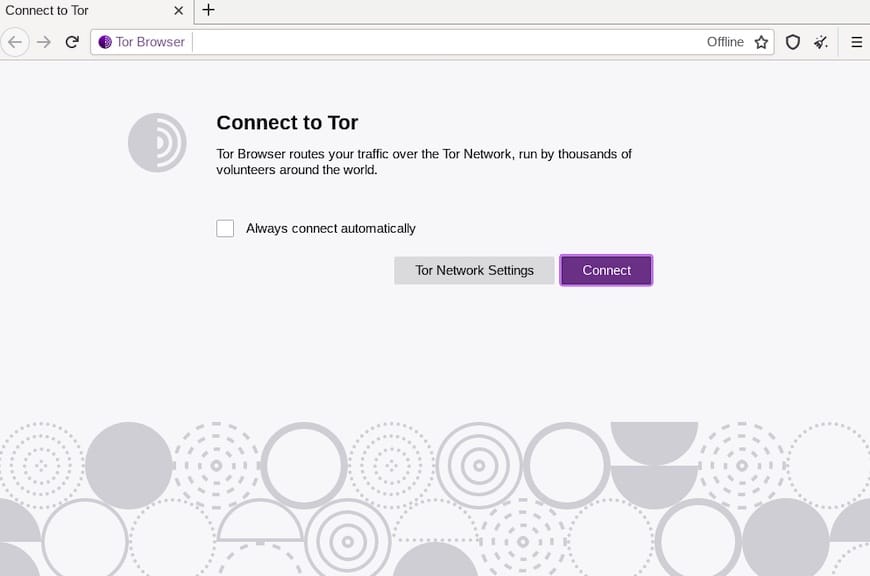How To Install Tor Browser on Fedora 41

In today’s digital age, privacy and security have become paramount concerns for internet users worldwide. As cyber threats continue to evolve, it’s crucial to have tools that protect our online activities and personal information. One such powerful tool is the Tor Browser, and in this guide, we’ll walk you through the process of installing it on Fedora 41, the latest release of the popular Linux distribution.
Fedora 41, known for its cutting-edge features and robust security, provides an excellent platform for running Tor Browser. Whether you’re a privacy enthusiast, a journalist working with sensitive information, or simply someone who values their online anonymity, this guide will help you set up Tor Browser on your Fedora 41 system with ease.
Understanding Tor Browser
Before we dive into the installation process, let’s briefly explore what Tor Browser is and why it’s an essential tool for privacy-conscious users.
Tor Browser is a modified version of Firefox designed to provide anonymity and privacy while browsing the internet. It achieves this by routing your internet traffic through a network of volunteer-operated servers called nodes. This process, known as onion routing, encrypts your data multiple times and bounces it through several nodes, making it extremely difficult for anyone to trace your online activities back to you.
Key features of Tor Browser include:
- Anonymity: Conceals your IP address and location
- Encryption: Protects your data from eavesdroppers
- Access to .onion sites: Allows you to visit websites on the Tor network
- Anti-fingerprinting measures: Prevents websites from identifying you based on your browser configuration
Now that we understand the importance of Tor Browser, let’s proceed with the installation process on Fedora 41.
Prerequisites
Before we begin, ensure that your Fedora 41 system meets the following requirements:
- A 64-bit processor (x86_64)
- At least 2GB of RAM (4GB recommended)
- Approximately 500MB of free disk space
- An active internet connection
It’s also crucial to update your system to ensure you have the latest packages and security updates. Open a terminal and run the following command:
sudo dnf updateOnce your system is up-to-date, you’re ready to proceed with the installation.
Methods to Install Tor Browser on Fedora 41
There are several ways to install Tor Browser on Fedora 41. We’ll cover four methods, each with its own advantages. Choose the one that best suits your needs and comfort level with the Linux command line.
1. Using the Official Tor Project Website
This method involves downloading the Tor Browser directly from the official website and manually extracting it. It’s straightforward and ensures you get the latest version directly from the source.
Step-by-step instructions:
- Open your default web browser (Firefox comes pre-installed on Fedora).
- Navigate to the official Tor Project website.
- Click on the “Download Tor Browser” button.
- Select the Linux version (64-bit).
- Once the download is complete, open your terminal.
- Navigate to your Downloads folder:
cd ~/Downloads - Extract the downloaded file:
tar -xvJf tor-browser-linux64-*.tar.xz - Move the extracted folder to your home directory:
mv tor-browser_en-US ~/ - Navigate to the Tor Browser directory:
cd ~/tor-browser_en-US - Launch Tor Browser:
./start-tor-browser.desktop
The Tor Browser will now launch, and you can begin configuring it according to your preferences.
2. Installing via Terminal Using DNF
Fedora’s package manager, DNF, offers a convenient way to install Tor Browser. This method ensures you receive automatic updates and proper integration with your system.
Follow these steps to install Tor Browser using DNF:
- Open your terminal.
- Add the Tor repository to your system:
sudo dnf config-manager --add-repo https://rpm.torproject.org/fedora/torproject.repo - Import the Tor Project GPG key:
sudo dnf install -y tor-project-keyring - Install the Tor Browser launcher:
sudo dnf install -y torbrowser-launcher - Once the installation is complete, you can launch Tor Browser from your application menu or by typing the following in the terminal:
torbrowser-launcher
The first time you run Tor Browser, it will download and install the latest version. This method offers the advantage of easy updates and integration with Fedora’s package management system.
3. Installing via Flatpak
Flatpak is a universal package management system that works across different Linux distributions. It offers sandboxing for applications, providing an additional layer of security.
To install Tor Browser using Flatpak:
- Ensure Flatpak is installed on your system. It comes pre-installed on Fedora 41, but if it’s not, you can install it with:
sudo dnf install flatpak - Add the Flathub repository if you haven’t already:
flatpak remote-add --if-not-exists flathub https://flathub.org/repo/flathub.flatpakrepo - Install Tor Browser:
flatpak install flathub com.github.micahflee.torbrowser-launcher - Launch Tor Browser:
flatpak run com.github.micahflee.torbrowser-launcher
The Flatpak version of Tor Browser offers the benefit of isolation from your system, which can provide additional security.

Configuring Tor Browser for Optimal Use
Once you’ve successfully installed Tor Browser on your Fedora 41 system, it’s important to configure it properly to ensure maximum privacy and security. Here are some key settings to consider:
Security Settings
- Open Tor Browser and click on the shield icon in the address bar.
- Choose your security level:
- Standard: All browser features are enabled
- Safer: Disables some features that can be dangerous
- Safest: Only allows basic browser features
Network Settings
If you’re behind a firewall or need to use a proxy:
- Click on the menu button (three horizontal lines) and select “Settings”.
- Go to the “Connection” section.
- Click on “Settings” next to “Configure how Tor Browser connects to the Internet”.
- Choose your preferred method of connecting to the Tor network.
Additional Privacy Enhancements
Consider installing additional add-ons for enhanced privacy:
- NoScript: Comes pre-installed with Tor Browser, allowing fine-grained control over JavaScript execution.
- HTTPS Everywhere: Ensures you connect to websites using HTTPS whenever possible.
Troubleshooting Common Issues
While installing and using Tor Browser on Fedora 41 is generally straightforward, you might encounter some issues. Here are solutions to common problems:
Tor Browser Won’t Connect
- Check your internet connection.
- Ensure your system time is correct, as Tor relies on accurate time synchronization.
- Try using a bridge if your ISP or country blocks Tor connections.
Slow Connection Speeds
- This is often normal due to the nature of Tor routing. Be patient.
- Try changing your circuit by clicking on the onion icon and selecting “New Tor Circuit for this Site”.
Installation Fails
- Ensure you have sufficient disk space.
- Check that you have the necessary permissions to install software.
- Verify that your Fedora system is up-to-date.
Congratulations! You have successfully installed Tor Browser. Thanks for using this tutorial for installing the Tor Browser on your Fedora 41 system. For additional help or useful information, we recommend you check the official Tor Browser website.